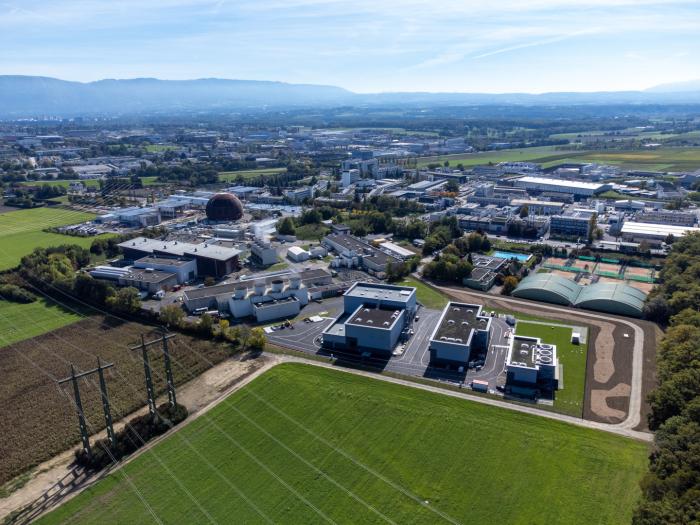After five years of arduous and continuous activity, the main civil-engineering works for the High-Luminosity LHC project (HL–LHC) are on track to be completed by the end of the year. Approved in June 2016 and due to enter operation in 2029, the HL-LHC is a major upgrade that will extend the LHC’s discovery potential significantly. It relies on several innovative and challenging technologies, including new superconducting quadrupole magnets, compact crab cavities to rotate the beams at the collision points, and 80 m-long high-power superconducting links, among many others, CERN Courier.
HL-LHC civil engineering reaches completion
HL-LHC civil engineering reaches completion

The new HL-LHC surface structures at Point 1 (Image: CERN)
